Texas Bobcat
- January 12, 2024
- 0 comment
The Texas Bobcat, a captivating native wildcat found in the expansive landscapes of Texas, holds a mystique that adds to the rich tapestry of the state’s diverse wildlife. With tufted ears, a spotted coat, and an agile demeanor, these medium-sized felines navigate a range of habitats from dense forests to arid plains. Primarily nocturnal and solitary, Texas Bobcats are known for their elusive nature, making sightings a thrilling experience for wildlife enthusiasts.
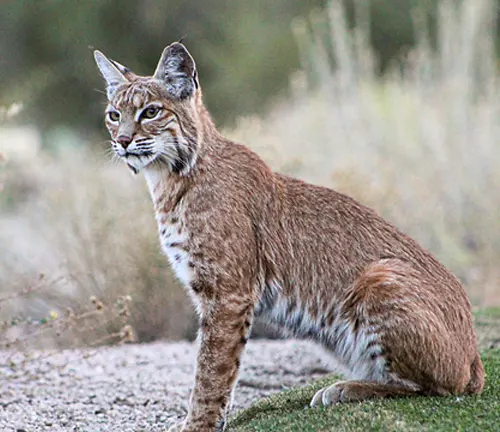
Despite their adaptability to urban areas, they generally keep a respectful distance from humans. Their varied diet, which includes small mammals, birds, and occasional deer, underscores their crucial role in controlling local wildlife populations. As urbanization encroaches upon their habitats, conservation efforts become increasingly vital to safeguard the Texas Bobcat’s existence. By understanding their behaviors, appreciating their ecological significance, and actively participating in conservation initiatives, we can ensure the continued coexistence of these enigmatic wildcats with the diverse ecosystems of Texas.
| Characteristic | Details |
|---|---|
| Scientific Name | Lynx rufus |
| Size | Medium-sized; Adult males weigh around 20-30 pounds, while females are slightly smaller, averaging 15-25 pounds. |
| Physical Features | Tufted ears, a spotted or mottled coat with variable coloring, short tail, and distinctive facial markings. |
| Habitat | Diverse habitats, including forests, swamps, deserts, and urban areas. |
| Behavior | Nocturnal and primarily solitary; known for stealthy and agile movements. |
| Diet | Carnivorous; Feeds on small mammals, birds, and occasionally deer. |
| Reproduction | Breeding season typically occurs in late winter to early spring; gestation period around 60-70 days; litters of 1-6 kittens. |
| Adaptability | Can adapt to urban environments; sightings in suburban areas are not uncommon. |
| Conservation Status | Not currently endangered, but faces threats from habitat loss and human-wildlife conflict. Conservation efforts are crucial. |
| Ecological Role | Plays a vital role in controlling rodent populations, contributing to the balance of local ecosystems. |
| Interaction with Humans | Generally avoids humans; encounters are rare, and attacks are uncommon. Caution and respectful distance are advised when spotted in the wild. |
Unveiling the Enigmatic Wildcat
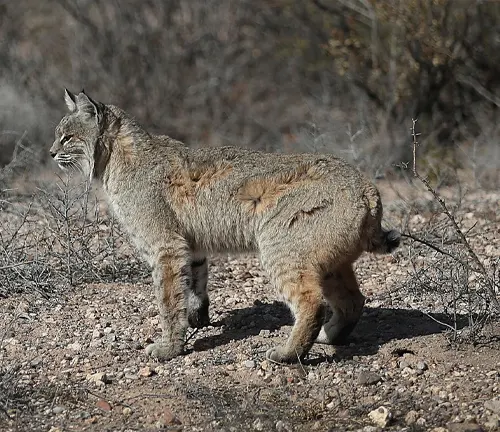
Texas Bobcats, a native feline species, hold a mystique that captivates wildlife enthusiasts and researchers alike. Understanding these elusive creatures is crucial for maintaining ecological balance and ensuring harmonious coexistence.
Texas Bobcat Characteristics
Physical Features
The Texas Bobcat boasts distinctive physical attributes. With tufted ears, a spotted coat, and a short tail, they navigate their habitats with grace.
Habitat and Range
These wildcats thrive in a diverse range of ecosystems, from dense forests to arid landscapes. Exploring their habitat preferences sheds light on their adaptability.
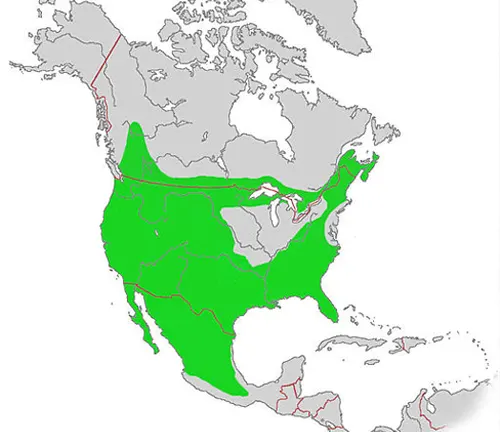
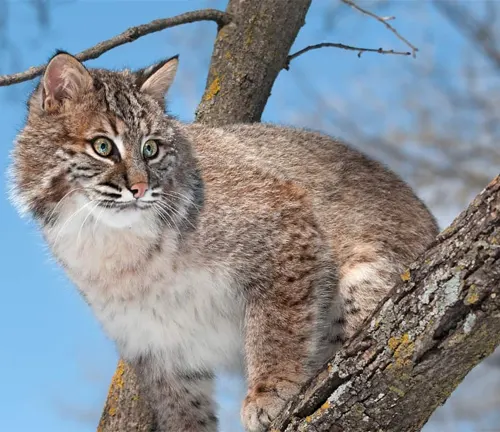
Behavior and Lifestyle
Texas Bobcats are solitary creatures with nocturnal tendencies. Their behavior and lifestyle contribute to their enigmatic nature.
Texas Bobcat Diet
Prey Preferences
Bobcats exhibit a diverse palate, preying on small mammals, birds, and sometimes even deer. Understanding their prey preferences unveils their role in controlling wildlife populations.
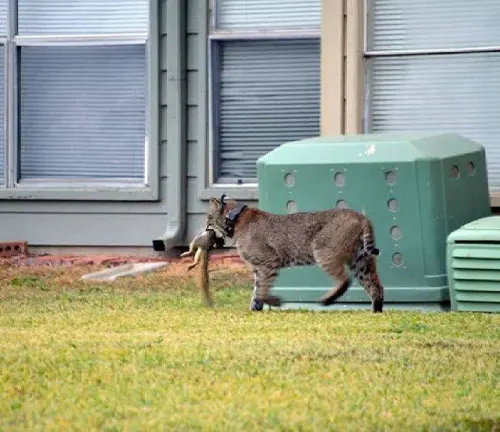
Hunting Techniques
Equipped with stealth and agility, Texas Bobcats employ various hunting techniques. Delving into their strategies provides insights into their prowess as predators.
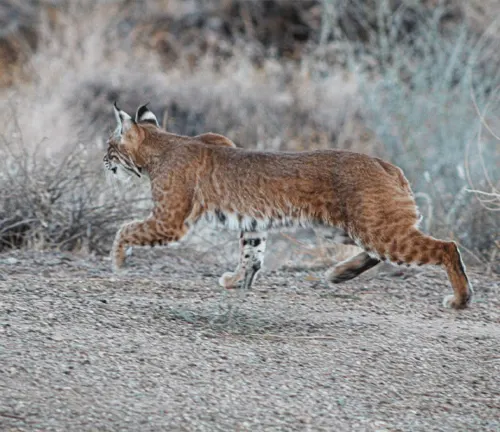
The Role of Texas Bobcats in Ecosystem
Impact on Wildlife
Bobcats play a vital role in controlling rodent populations, preventing ecological imbalances. Examining their impact on local fauna reveals their significance.
Ecological Importance
Considering the interconnectedness of ecosystems, acknowledging the ecological importance of Texas Bobcats becomes imperative. Their role in maintaining biodiversity is a testament to their significance.
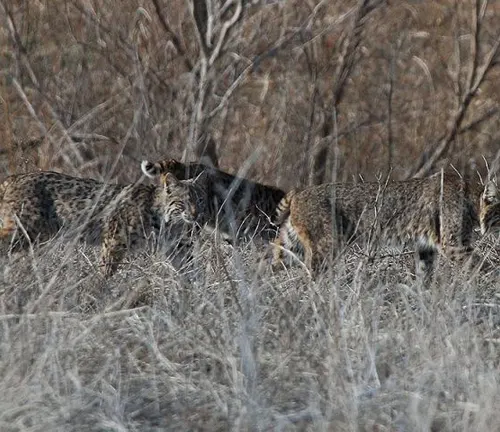
Threats and Conservation
Human-Wildlife Conflict
As human habitats encroach upon bobcat territories, conflicts arise. Addressing these conflicts is essential for both human and bobcat welfare.
Conservation Efforts
Conservation initiatives aim to protect Texas Bobcats and their habitats. Exploring these efforts sheds light on the ongoing struggle to preserve these magnificent creatures.
Interaction with Humans
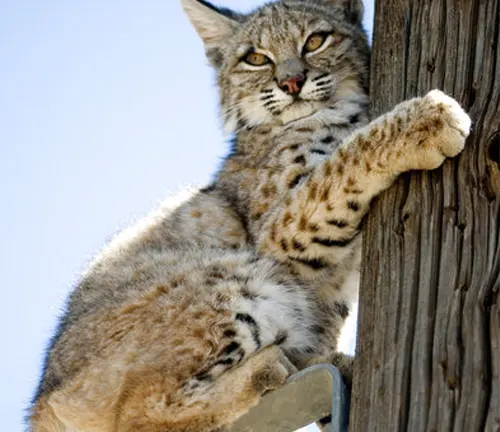
Bobcats in Urban Areas
Increasing urbanization raises concerns about bobcat-human interactions. Understanding how these wildcats adapt to urban environments is crucial for peaceful cohabitation.
Safety Tips
Providing guidelines for safely coexisting with Texas Bobcats ensures the well-being of both humans and wildlife. Simple precautions can minimize potential conflicts.
Bobcat Sightings in Texas
Notable Incidents
Highlighting significant bobcat sightings in Texas adds a real-world dimension to their existence. Sharing stories of these encounters fosters public awareness.
Public Awareness
Creating awareness about bobcats prompts responsible behavior among the public. Understanding their habits minimizes negative interactions.
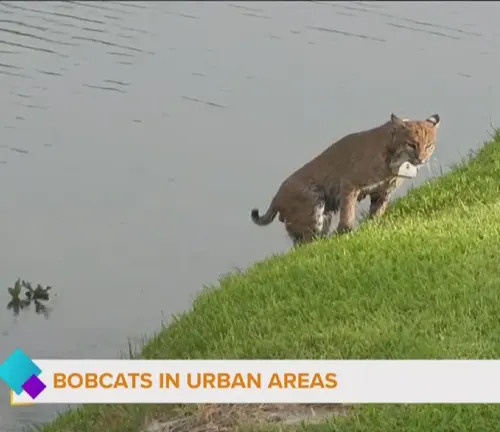
Fascinating Bobcat Facts
Unique Traits
Unveiling lesser-known traits of Texas Bobcats adds intrigue to their mystique. Their unique adaptations and behaviors are fascinating aspects of their existence.
Lesser-Known Behaviors
Exploring behaviors beyond hunting and territorial habits showcases the complexity of bobcat social structures. These behaviors contribute to their survival in the wild.
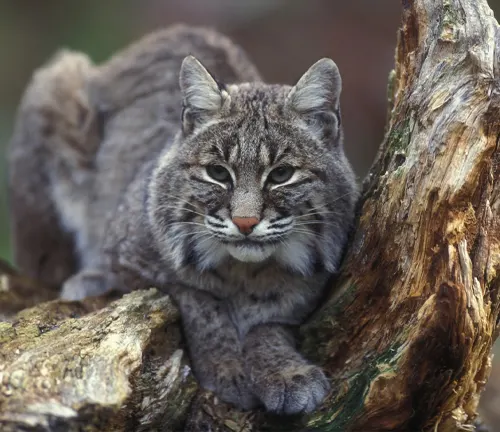
Bobcats in Texan Culture
Symbolism
Bobcats hold cultural significance in Texas, symbolizing resilience and adaptability. Exploring their symbolism connects the wildcat to Texan heritage.
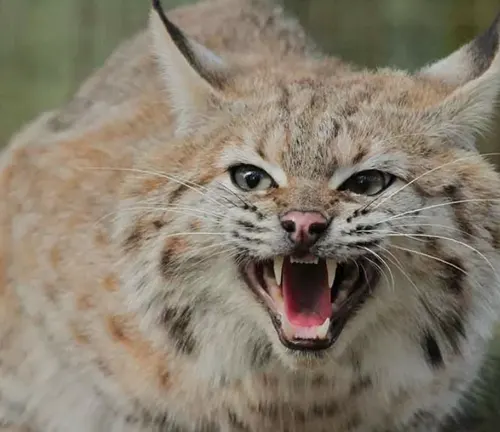
Representations in Art and Literature
From Native American folklore to modern literature, Texas Bobcats have left an indelible mark. Analyzing their representations in various art forms enriches our cultural understanding.
Managing Bobcat-Human Encounters
Wildlife Authorities’ Guidelines
Authorities provide guidelines for handling bobcat encounters. Following these guidelines ensures the safety of both humans and bobcats.
Reporting and Monitoring
Encouraging the public to report bobcat sightings aids in monitoring their populations. Citizen involvement contributes to wildlife conservation efforts.
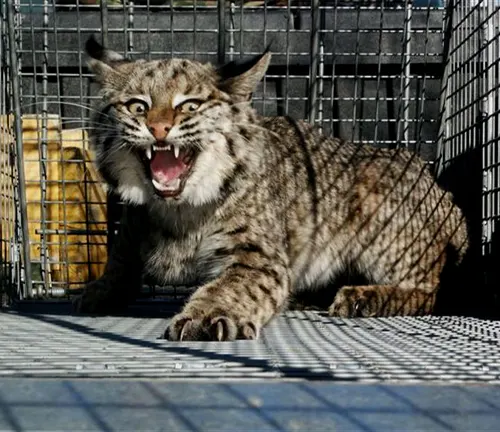
Bobcat Rescue and Rehabilitation
Wildlife Rehabilitation Centers
When bobcats face threats or injuries, rehabilitation centers play a crucial role in their recovery. Recognizing these centers’ efforts showcases human commitment to wildlife welfare.
Success Stories
Sharing success stories of rescued and rehabilitated bobcats instills hope and encourages continued support for wildlife conservation efforts.

Texas Bobcats in Comparison to Other Species
Contrasts with Other Wildcats
Comparing Texas Bobcats to other wildcat species highlights their unique characteristics. Understanding these distinctions deepens our appreciation for their individuality.
Unique Aspects
Exploring specific aspects that set Texas Bobcats apart adds depth to our understanding of their role in the wild. Recognizing their uniqueness fosters conservation efforts tailored to their needs.
Frequently Asked Questions (FAQs)
- Are Texas Bobcats dangerous to humans?
Texas Bobcats generally avoid humans, and incidents of aggression are rare. It’s important to maintain a respectful distance and not approach them. - What should I do if I encounter a Texas Bobcat?
If you come across a bobcat, stay calm, avoid direct eye contact, and make noise to scare it away. Maintain a safe distance, and if necessary, report the sighting to local wildlife authorities. - Do Texas Bobcats live in urban areas?
Yes, Texas Bobcats can adapt to urban and suburban environments. Sightings in residential areas are not uncommon, especially in regions with expanding urbanization. - Are Texas Bobcats endangered?
While not currently endangered, Texas Bobcats face threats such as habitat loss and human-wildlife conflict. Conservation efforts are crucial to ensuring their long-term survival. - What is the diet of Texas Bobcats?
Texas Bobcats are carnivores with a varied diet. They prey on small mammals, birds, and occasionally deer. Understanding their diet helps in comprehending their role in local ecosystems. - How can I contribute to Texas Bobcat conservation?
Supporting local wildlife organizations, adhering to responsible tourism practices, and staying informed about conservation initiatives are effective ways to contribute to the protection of Texas Bobcats. - Can Texas Bobcats be kept as pets?
It is illegal and impractical to keep Texas Bobcats as pets. They are wild animals with specific needs that cannot be met in a domestic setting. - What are the threats to Texas Bobcats?
Threats include habitat loss due to urbanization, road accidents, and conflicts with humans. Understanding these threats is crucial for implementing effective conservation measures. - Do Texas Bobcats have a specific breeding season?
Yes, Texas Bobcats typically have a breeding season, with peak activity occurring in late winter to early spring. Understanding their reproductive behavior aids in conservation efforts. - How do Texas Bobcats contribute to the ecosystem?
Texas Bobcats play a vital role in controlling rodent populations, helping maintain the balance of local ecosystems. Understanding their ecological impact is essential for wildlife conservation.



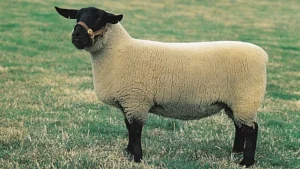
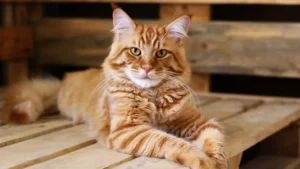



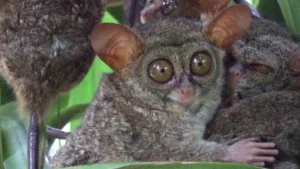
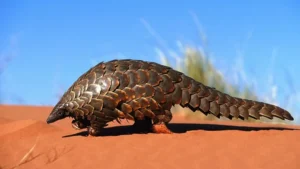
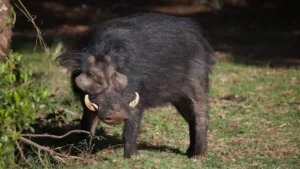
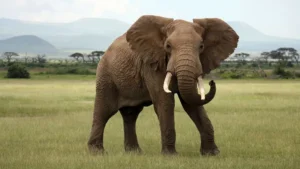
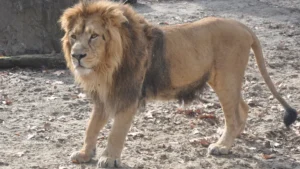

Leave your comment